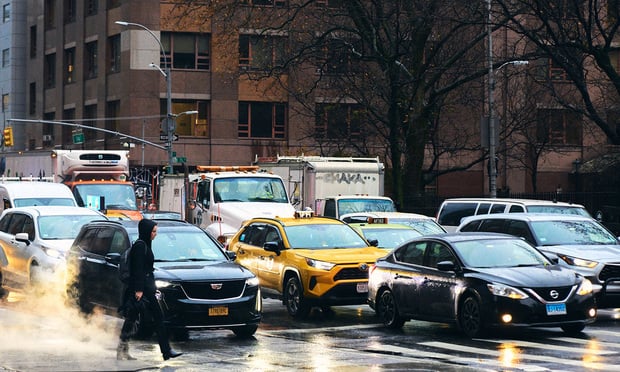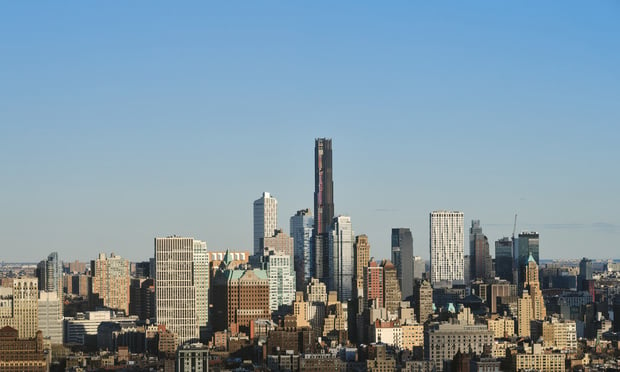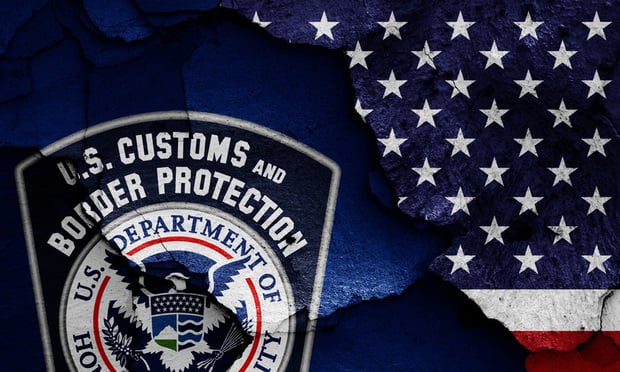 VP for housing and neighborhood planning, Regional Plan Association
VP for housing and neighborhood planning, Regional Plan Association
NEW YORK CITY—The Regional Plan Association finds New York City has reached a historic high in pieds-à-terre with 74,945 housing units currently used for seasonal, recreational and occasional use. In its report “NYC Residential Property Taxes: Four Reforms” the nonprofit civic organization recommends changing residential property taxes to address what it characterizes as systemic inequities.
One of the reforms would be taxing pieds-à-terre.
“Implementing a tax or surcharge on these units would either raise revenue through the charge, encouraging owners to become full-time occupants and pay city income tax, or incentivize owners to vacate the unit and put it back on the market, helping to ease our housing crisis,” says Moses Gates, VP for housing and neighborhood planning, Regional Plan Association.
The RPA made the following four property tax reforms recommendations:
(1) Reset the taxable assessed value of Class 1 properties upon title transfer or non-occupation by the owner. (Class 1 properties are one to three family homes.) This means modifying the tax cap assessments. The end goal and result of this reform would be to increase the tax burden on properties where the land values have increased such as in Manhattan and Brooklyn, relieving it areas such as in Staten Island.
(2) Institute a universal renter's credit with Class 2 property tax reform. (Class 2 properties are buildings with four or more units.) This would lower the Class 2 property taxes. As properties include free market, rent-regulated units, affordable housing and public housing, it is difficult to monitor how property taxes would get passed to the tenants. Thus, a tax credit would go to the renters.
(3) Explore reforms to land valuation and to levy a tax surcharge on vacant land. Taxing vacant land or increasing the tax rate on fully vacant land would discourage warehousing land and instead create an incentive to use the property which could generate revenue for the city. The RPA found approximately 325 million square feet of vacant land throughout the five boroughs valued at nearly $1.35 billion.
(4) Impose an additional tax or surcharge on pieds-à-terre and non-primary residences. The intent is to tax people who live out of state and are not paying state or city income taxes, and to tax the purchase of second-homes that keep the property off the market. The RPA notes this contributes to the housing crisis. The report states of the 74,945 units currently unavailable due to seasonal or recreational use only 42% or 33,293 units would need to be available for rent to end the rental housing crisis.
Referencing the Department of Housing Preservations and Development's 2017 Housing and Vacancy Survey, the city had recorded a 3.63% vacancy rate well below the 5% level declaring a “housing emergency.” In January, Mayor Bill de Blasio announced the financing of 34,000 affordable homes in 2018 bringing the total of the city's New York Housing plan to 122,000 units. The actual units of the pieds-à-terre in the RPA recommendation seem more for illustration not particularly qualifying as affordable housing—or as part of the administration's affordable housing program in place to address the city's declaration of the housing emergency.
Want to continue reading?
Become a Free ALM Digital Reader.
Once you are an ALM Digital Member, you’ll receive:
- Breaking commercial real estate news and analysis, on-site and via our newsletters and custom alerts
- Educational webcasts, white papers, and ebooks from industry thought leaders
- Critical coverage of the property casualty insurance and financial advisory markets on our other ALM sites, PropertyCasualty360 and ThinkAdvisor
Already have an account? Sign In Now
*May exclude premium content© 2025 ALM Global, LLC, All Rights Reserved. Request academic re-use from www.copyright.com. All other uses, submit a request to [email protected]. For more information visit Asset & Logo Licensing.








